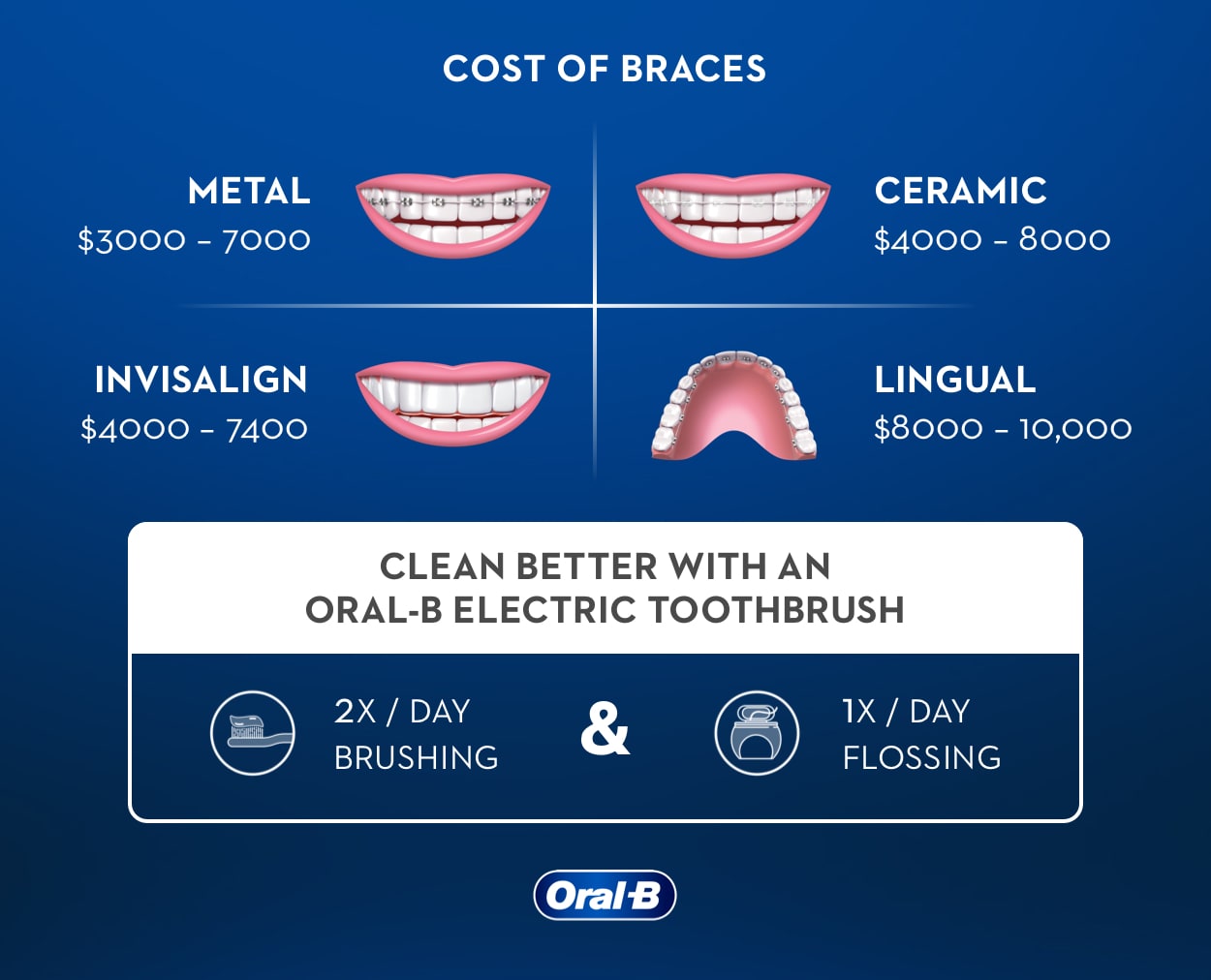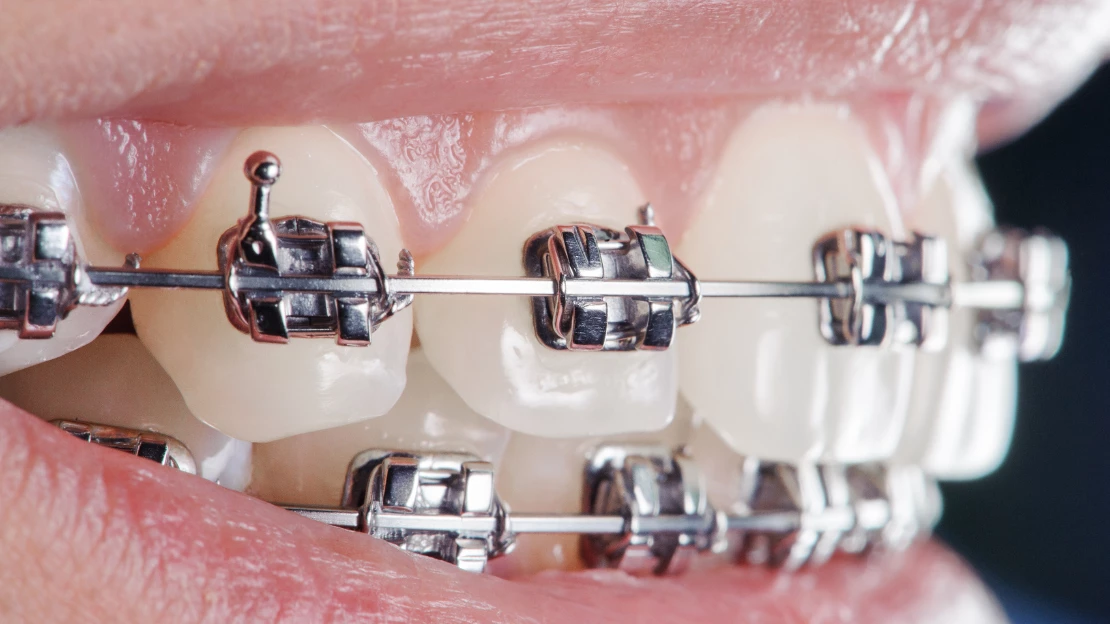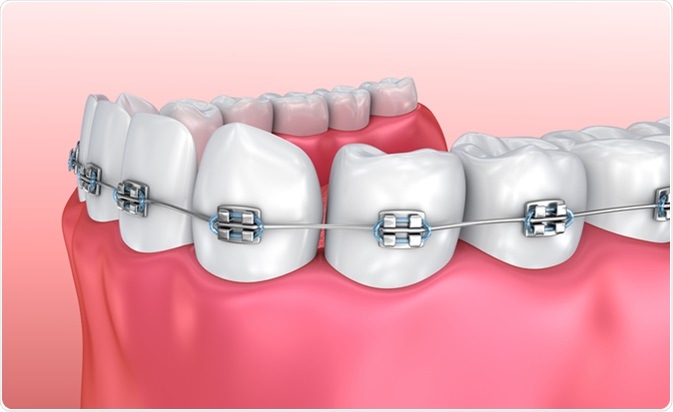Comprehensive Guide to Orthodontics Procedures for Remedying Oral Imbalances
In the realm of orthodontics, the journey to accomplishing a flawlessly straightened smile involves a myriad of procedures tailored to fix oral misalignments. From conventional dental braces to invisible aligners and even medical choices, the area of orthodontics supplies a variety of remedies to address varying degrees of dental abnormalities. Recognizing the ins and outs of each treatment, including their devices, advantages, and possible downsides, is important in making notified choices regarding one's orthodontic treatment. As we navigate through the extensive guide to orthodontic procedures for correcting dental imbalances, the detailed information of each approach will certainly unravel, dropping light on the course towards a practical and harmonious dental positioning.
Orthodontic Procedures Introduction

Regular adjustments and tracking are crucial parts of orthodontic therapy to make sure progression is on track and to make any essential adjustments along the means. By undertaking orthodontic procedures, individuals can not just attain a straighter smile however likewise enhance their overall oral health and wellness and function.
Conventional Dental Braces: How They Work
When thinking about orthodontic therapies for oral misalignments, typical dental braces stand apart as a reliable technique for remedying teeth positioning. Conventional braces contain braces, cables, and bands that collaborate to use constant stress on the teeth, gradually relocating them into the desired placement. The brackets are affixed to the teeth making use of an unique adhesive, and the wires are threaded with the braces. By readjusting the tension of the cords, orthodontists can control the instructions and force related to each tooth, assisting them into proper positioning in time.
As stress is used to the teeth via the dental braces, the bone bordering the teeth is improved to sustain the new tooth settings. People will certainly need normal changes at the orthodontist's office to make sure the braces continue to apply the right pressure for effective teeth motion.
Unseen Aligners: Cons and pros
These clear, personalized trays are basically unseen when used, making them an enticing choice for people seeking a much more cosmetically pleasing orthodontic therapy. People can eliminate the aligners prior to eating or cleaning their teeth, reducing the threat of food obtaining stuck in the appliance and streamlining the cleaning process.

Surgical Orthodontic Options
Surgical treatments in orthodontics existing sensible choices for attending to intricate dental imbalances that might not be efficiently settled through standard orthodontic treatments. While traditional dental braces and unnoticeable aligners can remedy many orthodontic problems, specific situations need surgical treatment to achieve optimal outcomes. Surgical orthodontic choices are generally suggested for severe malocclusions, considerable jaw discrepancies, and instances where the underlying bone framework requires modification to attain correct positioning.
One usual surgical orthodontic procedure is orthognathic surgical treatment, which involves repositioning the jaws to remedy functional problems such as problem speaking or chewing. This surgical treatment is often carried out in partnership with an orthodontist that assists straighten the teeth prior to and after the procedure. Surgical orthodontics may additionally involve treatments to expose impacted teeth, eliminate excess periodontal cells, or improve the jawbone to produce a much more unified facial profile.
Prior to considering medical orthodontic choices, people undergo a detailed analysis to establish the need and potential advantages basics of such interventions. orthodontist. While surgery may seem challenging, it can significantly boost both the function and aesthetics of the smile in situations where traditional orthodontic treatments fall short
Retainers and Post-Treatment Treatment

Failure to abide with post-treatment care instructions can result in relapse, where the teeth gradually relocate back in the direction of their initial placements. Regular retainer wear, good dental hygiene, and normal oral check-ups are important for maintaining the results achieved with orthodontic surgical treatment and guaranteeing the long-lasting security of the corrected oral alignment.
Final Thought
In final thought, orthodontic treatments supply numerous alternatives for remedying oral imbalances. Surgical orthodontic choices are readily available for more severe misalignments. In general, orthodontic treatments can effectively enhance dental health and wellness and visual appearance.
As we browse with the comprehensive guide to orthodontic procedures for correcting oral imbalances, the elaborate information of each approach will certainly unravel, losing light on the course towards a unified and useful dental alignment. - cumming aligners
One of the most common orthodontic therapies is the usage of braces, which consist of metal brackets and cables that use mild pressure to slowly move teeth right into the desired setting.When taking into consideration orthodontic treatments for dental misalignments, standard dental braces stand her response out as a tried and true method for remedying teeth placing. In addition, undetectable aligners might not be suitable for intricate orthodontic concerns that require more substantial teeth motion, as they are commonly advised for mild to modest cases. Retainers are tailor-made orthodontic tools developed to hold teeth in their dealt with placements after the conclusion of orthodontic treatment.